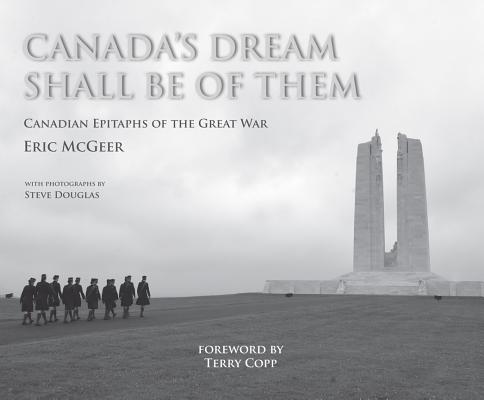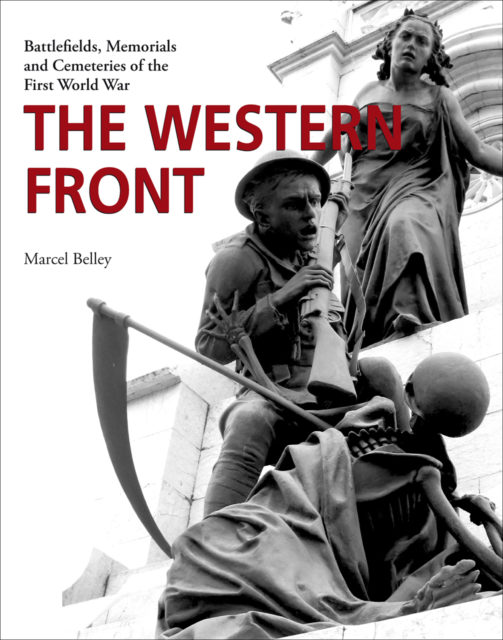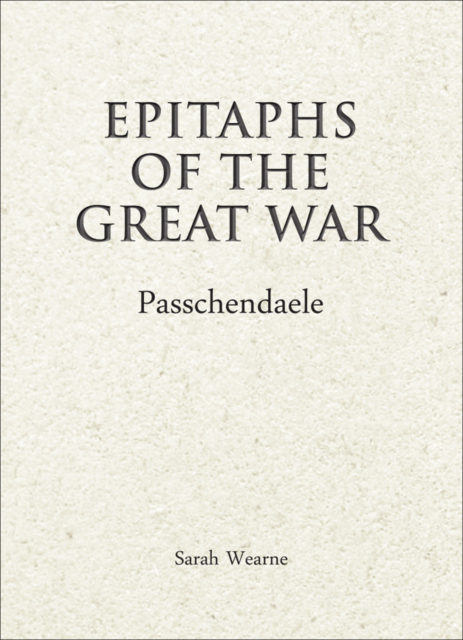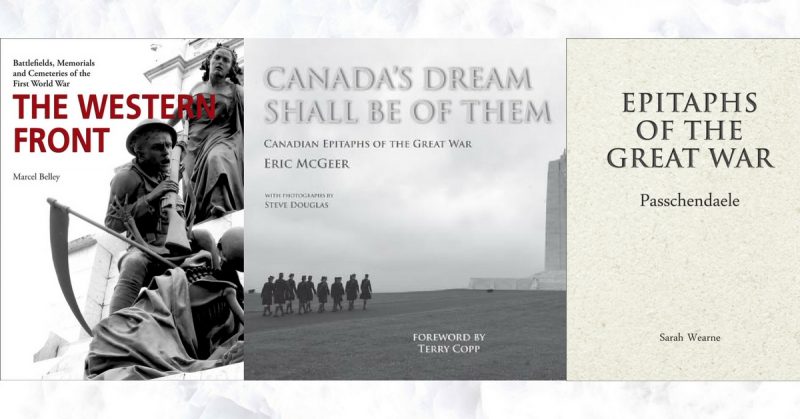This has been the year of centenaries not just of dramatic events of the Great War but the impact they had beyond the battlefield. The attack on Vimy Ridge has become imprinted on the nation building conscious of Canada. The creation of the country as a nation in it’s own right, separate from Britain; has found a talisman on the shell-pocked spur of ground overlooking the Douai Plain. You can read a lot about the battle and Pierre Berton’s breathless account is a fine starting point. Better still go to the place, itself. Walter Allward’s huge pylons are not everyone’s cup of tea, but I think it is the most beautiful memorial on the Western Front. It took years to build and involves some extraordinary sculpture by the great man. I am fortunate to have discovered some newspaper library photos he had annotated and they are now in very safe keeping. Little things like that maintain connections to a place that means an awful lot to me.
I won’t get involved in the details of who was really Canadian and who most definitely wasn’t. That is well-trodden ground and historians new and old will find their own perspectives until the cows come home; end of. This lovely book brings us the epitaphs of the men who died there, regardless of nationality. The major point is to show the rainbow of countries some of the dead originated from. The simple fact is they died to defeat a huge army whose leadership sought the domination of Europe through conquest.
There are some heartrending epitaphs here, accompanied by text to help us things in context. The photography by Steve Douglas helps to soothe things along and the images fix the places I am fortunate to know well in a sympathetic way the regulars on the long, lone trail will appreciate. Even now new memorials appear, as at Hill 70 in the Gohelle, where the efforts of the British pilgrim Peter Last has seen a huge obelisk built to honour Canadian sacrifice in 1917.
Canada and the Great War was not all about Vimy Ridge. You will find Canadian graves along the Western Front. The maple leaf is everywhere. Go down the Bucquoy Road and you will find the last resting place of a grandson of Sitting Bull. The mixture of people, circumstances and places may compound the sense of loss but they should never engender any nonsense about futility. A pal of mine responded to a comment from someone that their ancestor had died for nothing by showing a photo of the massacre of civilians by German troops at Dinant. The men featured in this fine book did not die for nothing and they are not forgotten.

CANADA’S DREAM SHALL BE OF THEM
Canadian Epitaphs of the Great War
By Eric McGeer with photographs by Steve Douglas
Uniform
978 1 91050 066 8
Marcel Belley has produced a spirited look at the Western Front today in a splendid photographic journey along the old front line and beyond. The photography is pleasing and the overall concept has been well executed. Books like this are an easy read on your quiet days and if you are fortunate enough to be relatively close to the locations and fancy yourself as a snapper, the book will offer you plenty of inspiration.
Travelling around the battlefields as I often I do, I regularly see photographers doing their stuff and I am firmly in the fold. Battlefield photography is a joy but it is deceptively difficult to do well. You need a feel for a place as much as a good eye. Getting off the tour bus at Thiepval and taking a few snaps is perfectly fine and all power to people with fingers on the shutter, but having the will to be there through four seasons and all weathers to get the killer shot takes commitment. I well remember seeing a picture of, as it happens, the Thieval memorial, in a snowstorm and being intensely jealous. But the photographer was in the area 24/7 and as soon as the snow began to fall he was in his car heading to the memorial to capture something memorable. My dream retirement would be spent traversing the battlefields in search of days like that.
It would be easy to say ‘anyone’ could do a book like this and the fact is this is very true. But whoever that person is would have to put in the hours and the miles, have done an awful lot of research and become very adept with a camera.
What this book should do is encourage others to come forward with their material for others to see, although social media has made the exercise much easier and more immediate. A book with your name on the front just adds something incredibly special to proceedings.
A quick look round reveals there have been a fair number of books like this one and I am devoted collector. While they may share subject matter these books are all very individual affairs. The photographer is showing us his battlefield and by extension the places you like the look of will become yours. It is an on going process that runs and runs. This book marks a point in the record of Mr Belley’s experience and he can revel in the achievement.

THE WESTERN FRONT
Battlefields, Memorials and Cemeteries of the First World War.
By Marcel Belley
Uniform
ISBN: 978 1 91050 067 5
We return to epitaphs with this genuinely beautiful piece of work by Sarah Wearne. Her book on the Somme was outstanding and the concept is repeated, here, with attention turned to Passchendaele – more properly the Third Battle of Ypres.
Passchendaele has excited a lot of hyperbole in the period of the centenary of the battle. It has allowed a repeat of much of the rot about futility and the lions and donkeys thing that is the stuff of some casual callers on the history. However grim and terrible the battle was and regardless of the immense casualties, the history continues to be traduced by some who see it as a chance to fight a battle of their own, against the establishment or against the past. None of us can truly have an understanding of Passchendaele, or any other battle for that matter, if we approach it with pre-selected prejudices.
Where this book wins is because the author separates real people from generalisation and statistics. Real people are not generic. They are or were flesh and blood and the manner of their loss and how they were recorded tells us a great deal about them and their times. We don’t need further interpretation from third parties with a vision or cause to sell.
My own great uncle Les looks out from a picture frame on the mantelpiece. He was twenty when he died. My great grandparents chose his epitaph. Their words say as much about them as they could ever do about Les. The Great War was immense and touched the lives of millions. Each Commonwealth war grave is a tragic testament to the huge loss of life but giving the nearest and dearest of the dead the chance to leave something of them on their headstones was a work of inspirational genius on the part of Sir Fabian Ware and his staff when they founded what was then called the Imperial War Graves Commission.
I hold strong opinions on this and believe we don’t need haikus, interpretive dance or half the nonsense inflicted on us to remember the war and the people who fought it. Read their epitaphs. They are both moving and informative. Sarah Wearne helps us commemorate and celebrate. Job done.

EPITAPHS OF THE GREAT WAR
Passchendaele
By Sarah Wearne
Uniform
ISBN: 978 1 91050 065 1
Reviewed by Mark Barnes for War History Online
